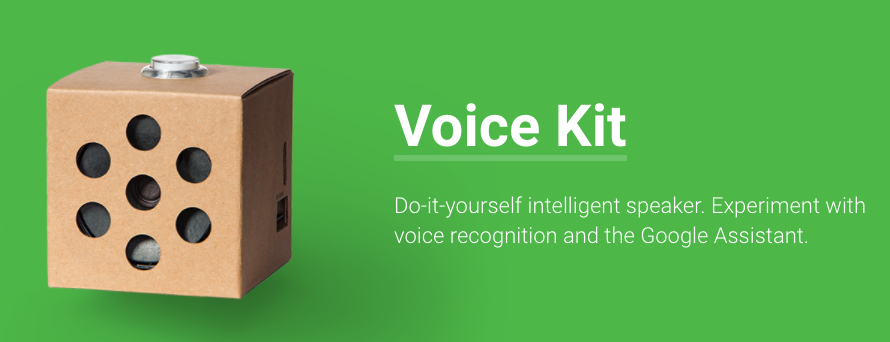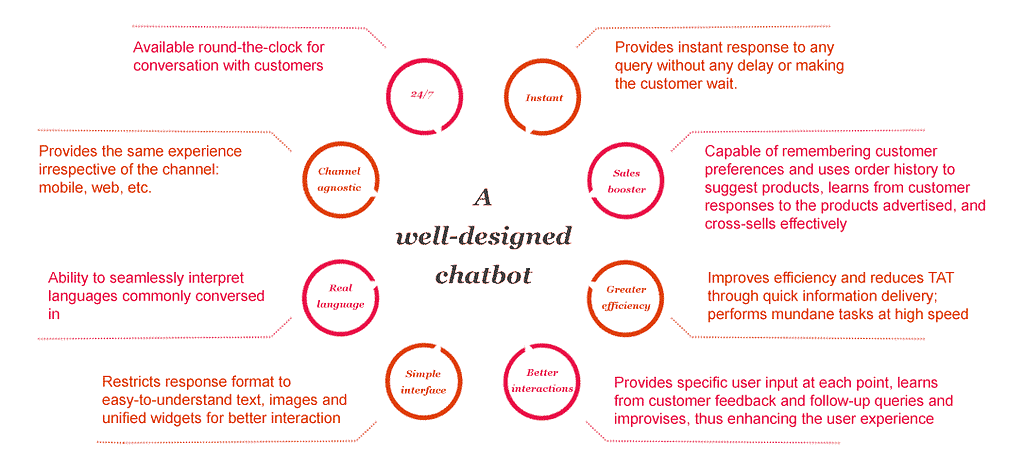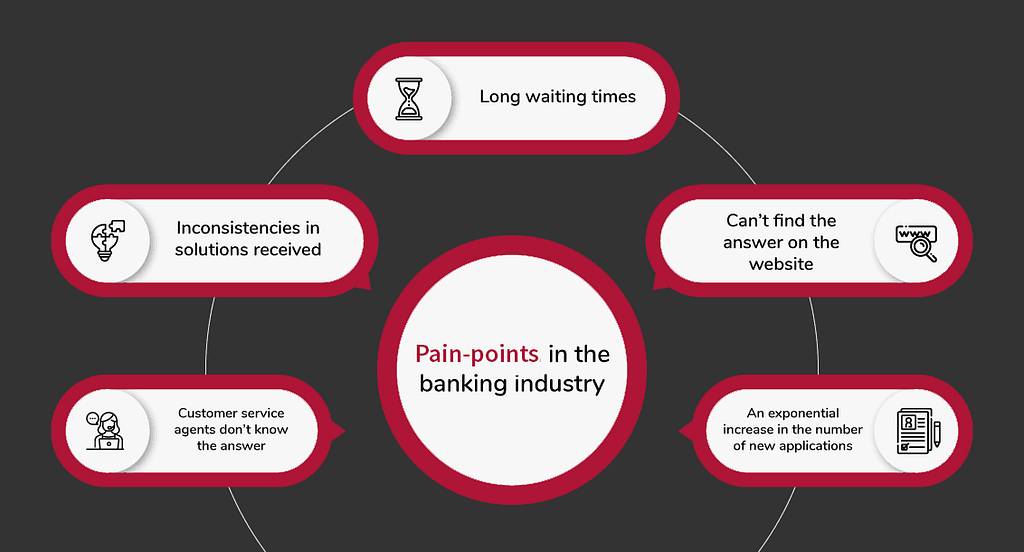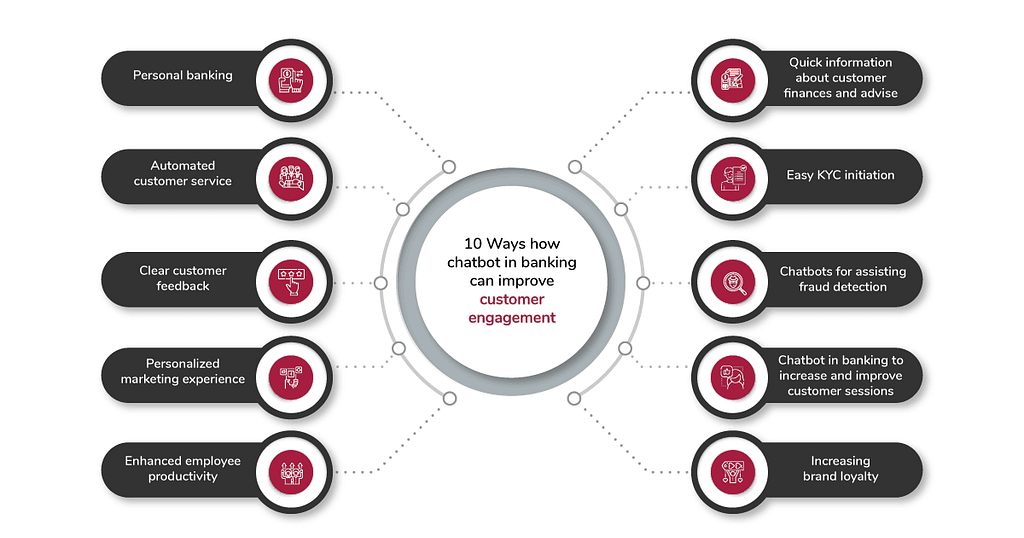Find the Best Platform to develop web applications
Know the best web development platforms (AngularJS, NodeJS, Ruby on Rail, ReactJS, ASP.Net) for developing fast, scalable, and simple web applications.

Businesses have to keep their finger on the pulse of the latest trends in the ever-changing tech landscape.
Businesses have to keep their finger on the pulse of the latest trends in the ever-changing tech landscape.
With web applications permeating every industry, savvy companies have been looking for ways to secure their slice of the pie. And when it comes to building a web application — no matter how complex or large — picking a web development platform is a decision with far-fetching outcomes as it makes up the backbone, the linchpin that holds your application together.
It can be very challenging to choose the right web development platform for your next web development project as a vast range of frameworks or programming languages are introduced to the world with a varied framework architecture.
Frameworks and programming languages ranging from open-source to paid technologies, the options are pretty powerful and at times slightly confusing also.
Let’s check out some main challenges faced in picking the best web development platform:
How do you know what are the best development platforms?

Source: Google
Choosing the right platform for your web app project maybe being quite challenging as developers face the following stumbling blocks:
-User Experience
User experience is a great feature, and the Platform should possess a perfect balance between user experience and coding sophistication for web application development.
Sometimes, the developers miss out on the UX/UI part and focus more on the developing (Coding) part, which can cause lousy web app development.
-Framework Expertise
Frameworks are known as the foundation of all development languages, providing web app development with collections of coding functionalities.
Framework resolves the problem of having to code everything from scratch and reinvents the wheel every time, saving a lot of time and improving application performance.
However, developers must have extensive knowledge of a given web application platform to use it and maximize its potential.

-Scalability
Companies always look up to the web application platform that can scale up the needs of a growing business without compromising speed and performance.
-Security
Security is among the most important factors for web applications as cybercrimes are increasing every passing year. To stay away from them, you need to have a good website with good security.
To encounter cybercrime, developers have to choose a web application platform that meets the set security standards and gets regularly updated.
How to choose a Web Development Framework:

Source: Google
It’s pretty hard to choose a web app platform or web development framework. However, the right web developing platform framework can turn out to be quite amazing with multiple options.
To ensure that you have made the right decision, focus on the following three critical components while exploring what the market has to offer:
-Goal Of The Organization
To select the best Platform, it is the main thing to understand what exactly you want to do or your aim with it as it helps make the process and development easy and you become sure about the Platform.
Your goals also shape the core design features along with the technical functionality. You can also hire web programmers from web app development companies to help you achieve the organization’s goal.
-Your Technology Stack
The technology stack you choose should have a handful of tools in the kit to address the specific problems you are trying to solve with your web application.
For example, if users cannot scale, there is no need to optimize your application. Instead, adhere to industry-standard regulations and retain documentation for future troubleshooting.-Team
Finding the best appropriate team for your project is half the battle. For internal projects, find out early on the qualifications of your development team and choose a framework that you are comfortable working with.
When you outsource the project, you must opt for a team with a wide range of coding competencies. With this approach, whatever framework you choose, your contractors are more likely to have an expert on the equipment who can handle it.
With this in mind, let’s review some of the best web application development platforms to choose from.
Let’s Check out the best Web development Platform:
1. AngularJS

Source: Google
AngularJS is a fundamental JavaScript framework for developing robust web applications. This framework was developed by Google & released in 2009. Angular is so good that many well-known organizations like Netflix, PayPal, Upwork, and many more uses this JavaScript Framework.
AngularJS is what HTML would have had to have been designed for applications. HTML is a great declarative language for static documents. However, it doesn’t contain much in app building.
Trending Bot Articles:
2. Automated vs Live Chats: What will the Future of Customer Service Look Like?
4. Chatbot Vs. Intelligent Virtual Assistant — What’s the difference & Why Care?
Advantages of Using AngularJS
- You can quickly turn HTML based documents into dynamic content
- Data analysis
- Great business support
- Two-way data binding
- Responsive web applications
Disadvantages of using AngularJS
- Difficult to learn
- Challenging to render on old devices
- Unsuitable for developers unfamiliar with MVC.
You can hire Web Programmers who have good command in AngularJS so that the application they make can become beneficial for the organization.
2. ASP.Net

Source: Google
ASP.Net is an excellent Framework for custom web application development built by Microsoft and released in 2002, and it is a perfect platform to create dynamic and scalable desktop applications.
Many companies worldwide prefer Asp.net and deem it the most suitable technology in website development.
ASP.NET makes it easy to use XML for configuration, data storage, and manipulation, and we use ASP.Net extensively to build interactive, data-driven web applications over the internet.
Advantages of using ASP.Net
- Easy to deploy
- Deep integrations with the Azure cloud
- Impressive language support
- Third-party control features
- Suitable for cross-platform development
- Two modes of compilation
- Follows the MVC design pattern
- Easy to update
Disadvantages of using ASP.Net:
- Expensive
- Limited server selection options (nothing except the IIS server)
3. Node.JS
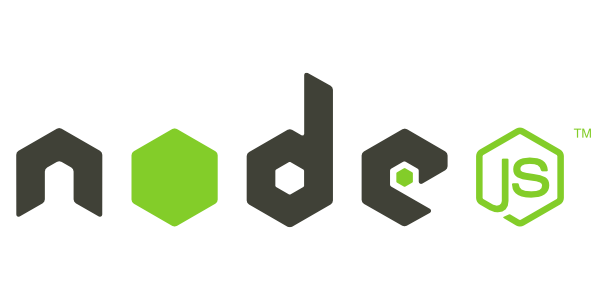
Source: Google
Node.js is an open-source server environment that works on various platforms(Windows, Linux, Unix, Mac, OS X, etc.). Node.js utilizes JavaScript on the server.
Node.js is among the most preferred web development platform of its rich library of several JavaScript modules that helps in analyzing web development to a greater extent. Moreover, many companies hire web programmers for running a web application as it possesses many features.
Advantages of Node.JS:
- Large community
- Easy to learn
- Easy scalability
- Highly extensible
- Known for Offering High Performance
- Support of Large and Active Community
Disadvantages of Node.JS:
- Performance bottlenecks with heavy computation tasks
- Callback hell issue
- Immaturity of tooling
- Growing demand for experienced professionals
4. React.JS
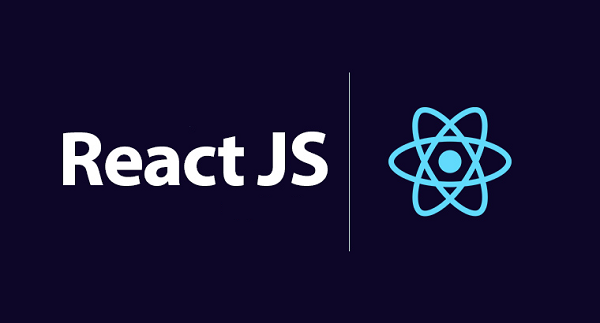
Source: Google
React is an interface library used to produce stateful and reusable UI components. It enables developers to build great web applications that can change data without reloading the page. You can also hire web programmers to develop an application based on react framework from custom web app development companies.
The main motive of using this web development platform is to build a fast, scalable, and simple application. Also, It is a front-end library, and it does not completely implement the MVC template.
Advantages of React.JS
- Reusable components
- Easy to learn
- It comes with a ReactJS Toolkit
- Performance and testing
Disadvantages of React.JS
- Poor documentation
- It only covers the UI aspects of the app.
5. Ruby on Rails

Source: Google
Ruby on Rails can also be referred to as RoR. Ruby on Rails has become one of the top favorites for web app development. Ruby on Rails is entirely free and an open-source platform that runs on Linux.
This platform is quite quick and can help you with the development process to get on to the development stage. RoR is mainly known for developing sites like Hulu, Airbnb, Basecamp, and many more.
Some Advantages of Ruby on Rails:
- Easy to learn
- Open-source
- Extensive libraries
- Easy to scale
- Object-oriented
- Minimal coding required
Few disadvantages of Ruby on Rails:
- Slow boot speed
- Supports multithreading
Conclusion:
Many Companies always get confused in choosing the best web development platform. They always have the same question, “Which software is best for app development?” So I have tried to cover all the essential aspects, including the developing process and the frameworks that can be useful depending upon the type of application you want to develop.
Sometimes, the company wants to develop an application based on the platform on which they don’t have expertise. For such cases, you can hire web programmers and take web application development services.
Don’t forget to give us your 👏 !




Know the Best Platforms To Build Web Applications was originally published in Chatbots Life on Medium, where people are continuing the conversation by highlighting and responding to this story.

